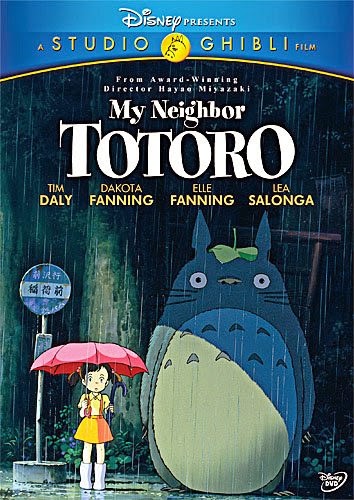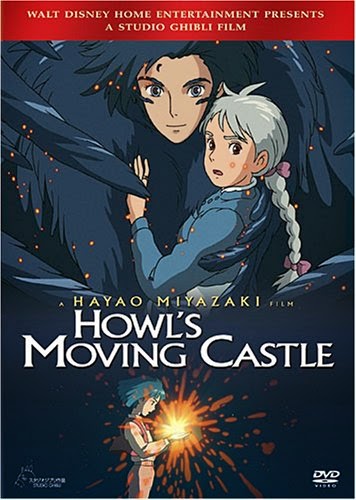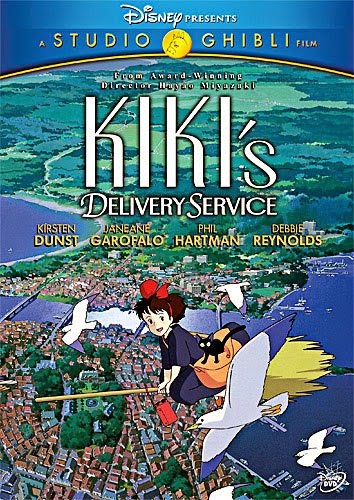This piece originally ran in July of 2014 on the parenting blog Mumbling Mommy. You can find the original here.
Beyond Princesses: The Case for Studio Ghibli
Let it go, let it go
Can’t hold it back anymore
Let it go, let it go
Turn away and slam the door!
I don’t care
What they’re going to say
Let the storm rage on,
The cold never bothered me anyway!
If you have a young daughter – or even if you don’t – these lyrics are no doubt firmly tattooed into your brain. The culture-defining Disney film that brought forth those words (a film that need not be named here) has sold in buckets, both in terms of the film itself and the innumerable dolls, dresses, castles, and birthday napkins.
On some levels, the film about Elsa and Anna represents a rather progressive narrative in recent animation, particularly Disney animation. The premise of the princess in distress who is rescued by the charming and heroic prince is not just discarded; it is mocked in a way that is even more hilarious given the fact that the movie is made by Walt Disney Animated Studios, the outfit that pretty much trademarked that plot back in 1937. The Snow Queen and her sister are arguably more empowered than any Disney princess to date.
Yet the movie also manages, in one crucial way, to stand still: it still glorifies the princess culture. Here we have yet another film about royalty who throw elegant balls, roam great castles, and live happily ever after. Anna and Elsa are liable to be subsumed into the larger princess roster just as Pixar’s Merida was. How parents should interact with that princess culture is a point of debate, although there are certainly those who worry about the way they have shaped American perceptions on girlhood.
Enter Studio Ghibli.
Studio Ghibli (pronounced “JIB-lee”), overseen by legendary director Hayao Miyazaki, is a large Japanese animation shop that has been turning out films for around three decades. Japanese anime can conjure strange images in the minds of Americans, especially for those who have ever strolled by the manga section in a bookstore or seen anime on TV with their absurd lack of lip-syncing on Cartoon Network. Japanese animated films can be rather trippy at times, but that is not always the case, and sometimes even the trippy ones can be charming in their own way.
What makes Ghibli stand out is the way it depicts girls. There are no tiaras, no victims. The girls are strong, capable, smart, and compassionate. Girls in its films are not invincible and sometimes do need a bit of saving (as do some of the boys), but they are brave and good, and more often than not are doing the saving rather than receiving it. Most importantly, they come closer to depicting the sort of girl I would want my own daughters to become than any Disney films I’ve ever seen.
Ironically enough, Disney is the company largely responsible for bringing most of Ghibli’s movies to America. Pixar godfather John Lasseter is a huge Miyazaki fan and has overseen much of the English language work, bringing on quality voice actors and doing little things like syncing the words to lip movements, a touch absent from most TV dubs. The end result are high quality films voiced by top-tier Hollywood talent.
What follows is a sampling of Ghibli films, with particular emphasis on those with strong female leads. (Those wanting Ghibli films with stronger male leads might look into Princess Mononoke or Castle in the Sky.) All of them are well-reviewed by critics, with none of them scoring less than 87% on rottentomatoes.com. All of them are also currently available on either DVD or Blu-ray on Amazon and elsewhere.
The Secret World of Arietty. Based on the book The Borrowers, this 2010 film revolves around the life of a tiny girl and her miniature family living in the basement of a home. Perhaps because of the source material, this is one of the least “trippy” Ghibli films, making it an excellent starting point. Disney Channel alumnus Bridgit Mendler voices the title character, and Carol Burnett shines in a supporting role.
My Neighbor Totoro. The story revolves around two young sisters who encounter all sorts of fantastical things upon their arrival in a new home. The movie is older (1988) and things can get rather strange but it’s a charming story, especially if you like sister stories, and the family dynamics are poignant and captivating. The sisters are voiced brilliantly in English by the Fanning sisters, Dakota and Ellie.
Howl’s Moving Castle. An epic, moving tale from 2004 about a young girl whose life is forever altered by a curse from an evil witch. Without giving too much away, this movie features one of the most interesting and refreshing female protagonists in recent animation. Emily Mortimer and the late Jean Simmons play major roles, and the wizard Howl is voiced by Christian Bale. Billy Crystal is hilarious in a supporting role.
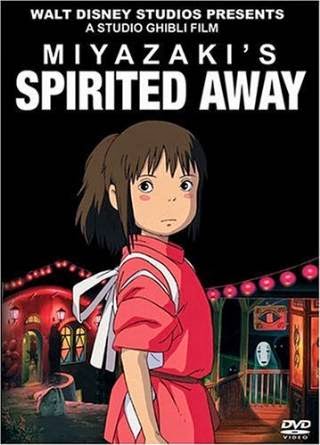
Spirited Away. Easily Studio Ghibli’s most critically and commercially successful film, Spirited Awaygrossed around $300 million worldwide on its way to an Oscar in 2002 for Best Animated Feature. It is also one of the strangest Ghibli films I’ve seen, although I think much of that is intentional, as there is an obvious Alice in Wonderland bent to the tale. The main character is powerful and one of the real treats is watching her come into her own as a person. Unlike most Disney localizations, this cast is mostly veteran voice actors rather than well-known Hollywood live talent; this is not a knock on the voicework, though, as it is superb.
Kiki’s Delivery Service. Released in 1989, this film follows the adventures of a young witch named Kiki who moves to the city with her talking cat to find work. By turns funny and deep, the storyline lends itself to a lot of interesting discussion afterward. Kirsten Dunst voices Kiki, and Saturday Night Livealum Phil Hartman plays the cat in what turned out to be his last role before passing away.
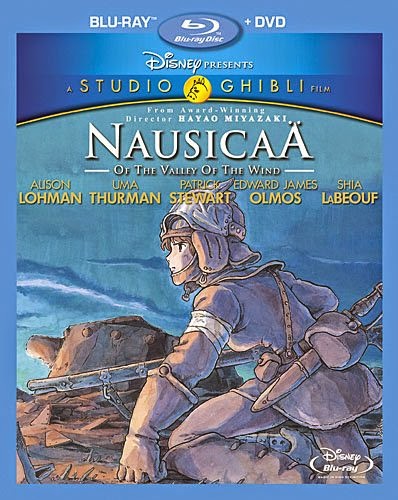
Nausicaa: Valley of the Wind. Released in 1984, this is the oldest of the Ghibli movies; it is so old, in fact, that it was created before the studio was formally incorporated. It was originally brought to America in the late 1980s as a heavily edited mess, but Disney re-dubbed and re-released it in 2005 in its full, uncut form. The lead character is technically a princess, although there are no tiaras or ballrooms and there is definitely no Prince Charming. Voices include Alison Lohman, Uma Thurman, Mark Hamill, and Patrick Stewart.
For a nice ranking of Studio Ghibli films, including links to reviews, you can read more here.






